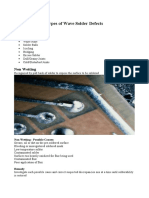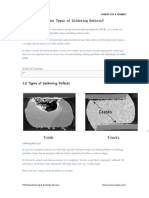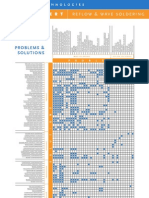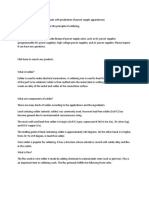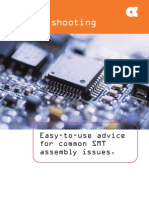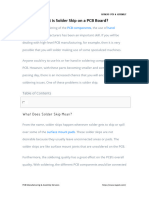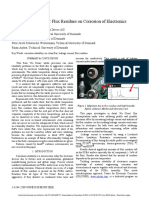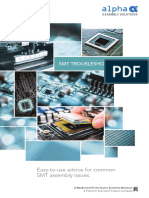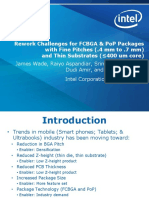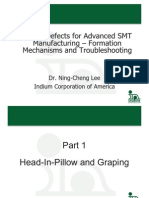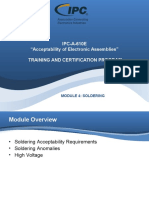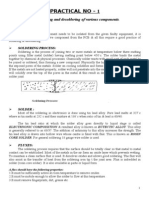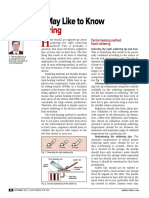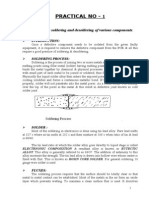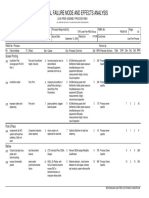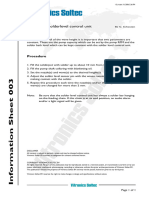0% found this document useful (0 votes)
38 views28 pagesWave Ts
The document discusses various types of defects that can occur during wave soldering processes and their potential causes and remedies. It details specific defects like non-wetting, dewetting, pinholes, webbing, white haze, solder balls, icycling, bridging, excess solder, dull joints, and cold joints.
Uploaded by
Joel JacoboCopyright
© © All Rights Reserved
We take content rights seriously. If you suspect this is your content, claim it here.
Available Formats
Download as PDF, TXT or read online on Scribd
0% found this document useful (0 votes)
38 views28 pagesWave Ts
The document discusses various types of defects that can occur during wave soldering processes and their potential causes and remedies. It details specific defects like non-wetting, dewetting, pinholes, webbing, white haze, solder balls, icycling, bridging, excess solder, dull joints, and cold joints.
Uploaded by
Joel JacoboCopyright
© © All Rights Reserved
We take content rights seriously. If you suspect this is your content, claim it here.
Available Formats
Download as PDF, TXT or read online on Scribd
/ 28
